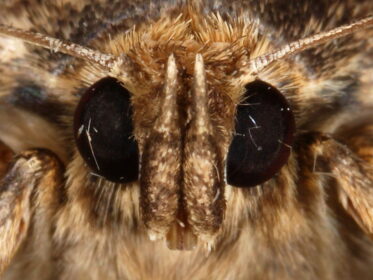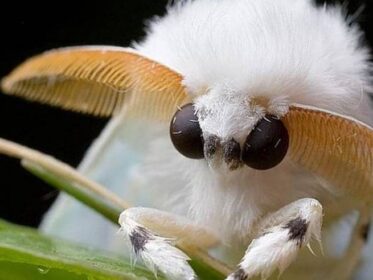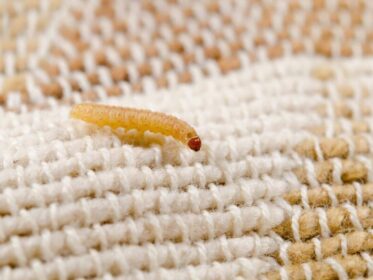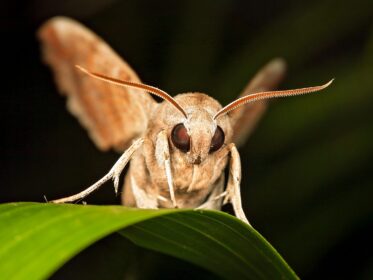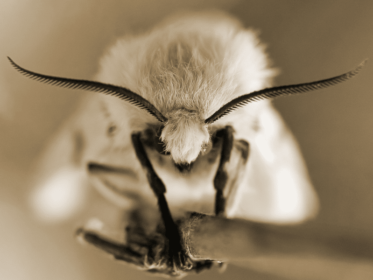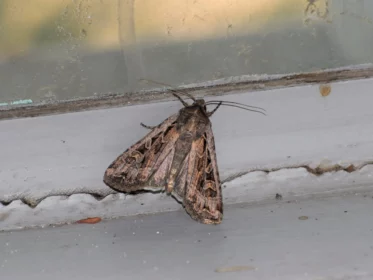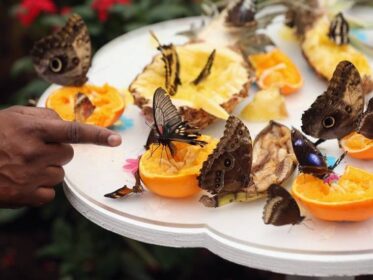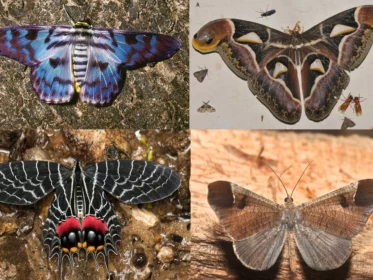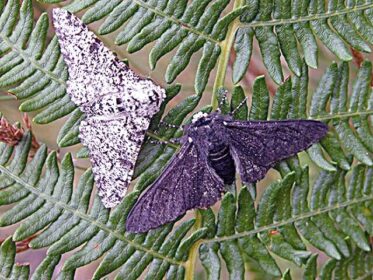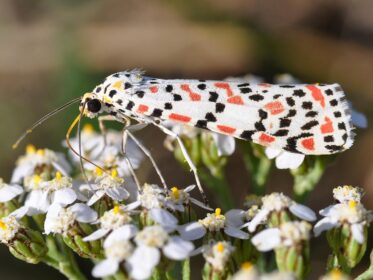
Do Moths Migrate? The Intriguing Journey of Moths Revealed
Moths do not typically engage in long-distance migrations like birds or butterflies. However, some species exhibit seasonal movements, both diurnal and nocturnal, in response to changing environmental conditions. Moreover, these movements are often driven by the search for suitable breeding or feeding grounds, adjusting to altitude changes, or caterpillar dispersal. While not true migrations, these…
Continue reading Do Moths Migrate? The Intriguing Journey of Moths Revealed

